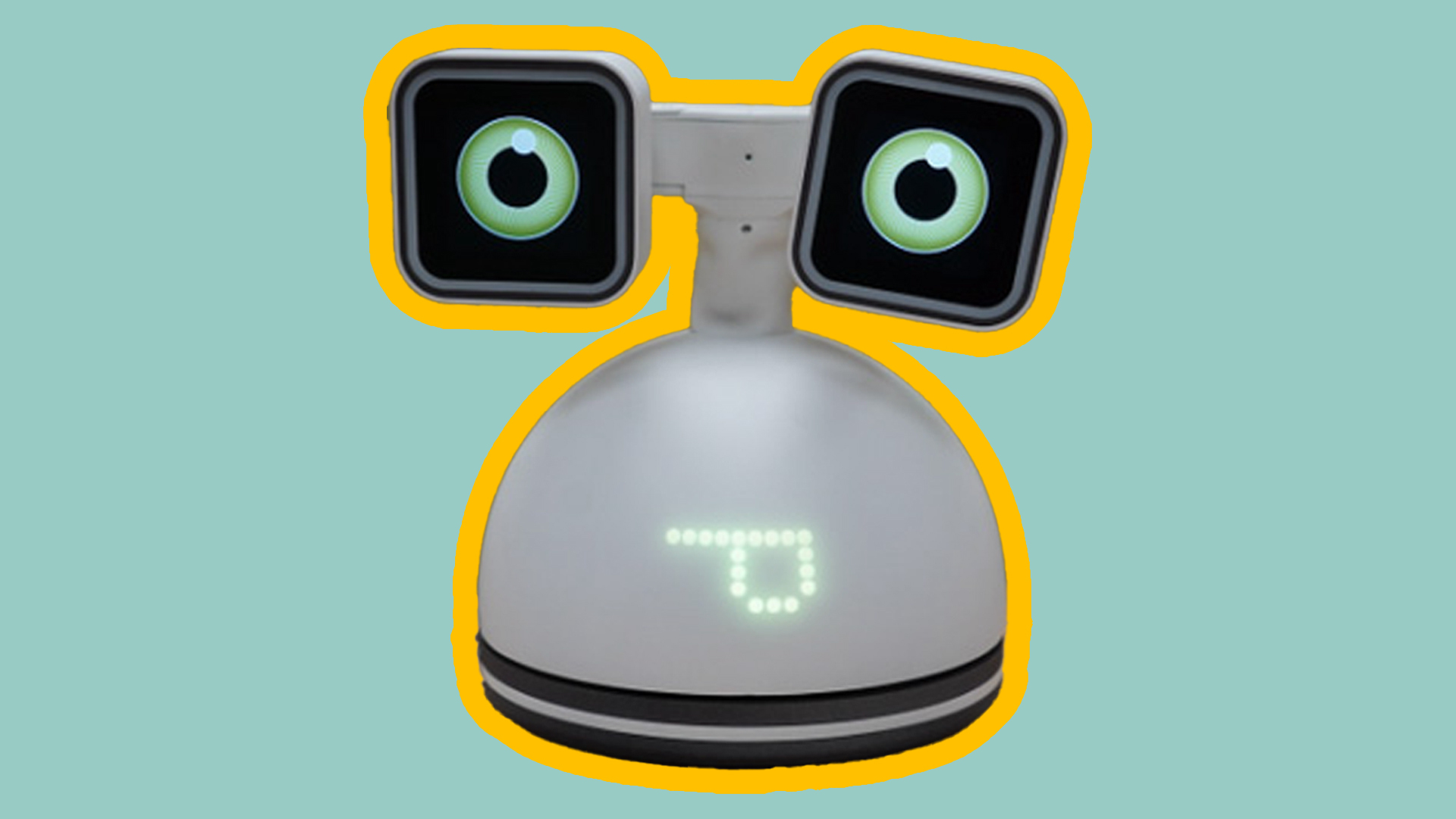What’s worse than being stuck under two meters of snow? Being stuck in a hospital, especially if you’re a kid fighting cancer. To make the long hospital stays less lonely, Honda has introduced an AI-powered robot to aid in the children’s well-being and rehabilitation.
The Honda Research Institute Japan (HRI-JP) is a subsidiary of Honda’s R&D department that focuses on “research in advanced technologies.” A result of this research is Haru, an AI-powered social robot in collaboration with the Virgen del Rocío University Hospital (HUVR) in Seville, Spain.
Since 2021, HUVR has been using Haru in the pediatric oncology department. The aim is to improve clinical and emotional care for the children and so far the project seems to be working. According to Honda’s press release, the social experiment has confirmed “some level of positive impact on children with cancer.”
No details or statistics were provided on how the HUVR came to this conclusion. But the children’s hospital saw so much change in the children’s attitudes and behavior that it wants to introduce 10 Haru units that will be used in the pediatric oncology department to help young patients on a daily basis.
“Typically, technologies used in hospitals focus on medical treatments or physical well-being,” a HUVR statement said. “However, Haru has a positive psychological effect: it lightens the mood of our young patients and also contributes to the well-being of the hospital as a whole. The support Haru provides, which allows children under hospital care to experience greater happiness and connection with others, is unique only to Haru and provides valuable benefits not found in traditional medical care.”


Haru is only 30 cm tall. Not only does the compact size make Haru portable, but the desktop-friendly footprint isn’t intimidating to the kids who might already be feeling overwhelmed.
Using a built-in camera and microphones, Haru captures biometric information about who he communicates with, such as facial expressions and voice tone. The information is analyzed, giving Haru insight into the child’s current emotional state and how to best deal with him or her. Haru can also be linked to a child via a linked wristwatch, wearable for more detailed analysis.
Haru himself has no human features and is designed to communicate in a neutral manner, allowing the robot to navigate group interactions as easily as individual interactions. Haru is purposely designed as a social butterfly, to make people laugh and be empathetic. At least as empathetic as a robot can be.
This is not the first time that Honda has set up a happiness-promoting project for children. Last year, Honda Performance Development (renamed Honda Racing Corporation) unveiled ‘Shogo’, an electric vehicle for hospital patients aged four to nine. Although Haru is not about life in the pediatric ward, that is all that matters as long as the children are happy and comfortable in the hospital.
Do you have fond memories of robots? Talk to us about it at tips@thedrive.com.

